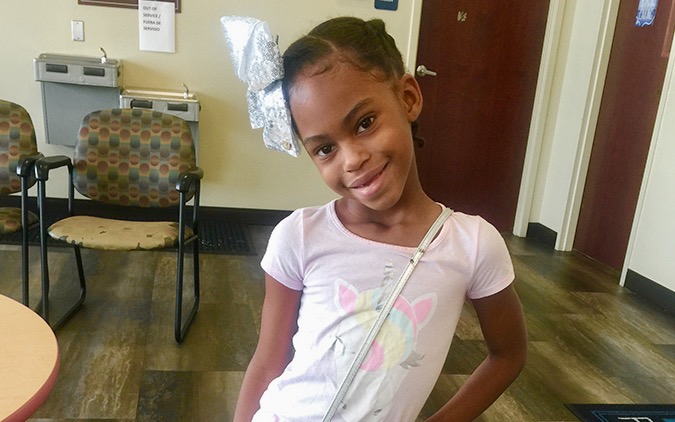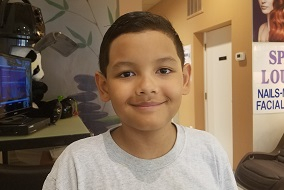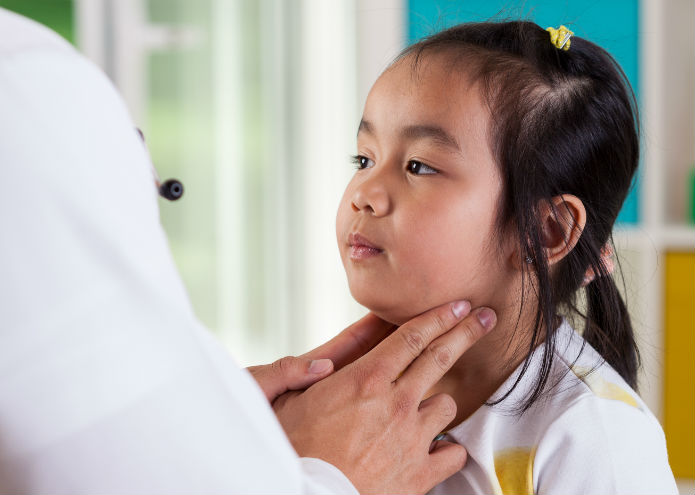Condition
Pediatric Asthma
What You Need to Know
Asthma is a chronic, inflammatory disease in which the airways become sensitive to allergens.
Key Symptoms
The most common symptoms of asthma are:
- Coughing
- Trouble breathing or shortness of breath
- Chest tightness
- Fatigue
Diagnosis
Doctors typically diagnose asthma by:
- Spirometry
- Peak flow monitoring (PFM)
- Chest X-rays
- Allergy tests
Treatment
There is no cure for asthma. However, asthma can be controlled by:
- Prescription medications
- Minimizing contact with asthma triggers
Schedule an Appointment
Our pediatric specialists provide personalized care for your child’s physical, mental and emotional health needs. Meet our providers and schedule an appointment today.
Pediatric Asthma Care at Children’s National Hospital
Children’s National is a focal point of acute asthma care in the Washington, D.C., area. In fact, Children’s National takes care of 1 percent of all the pediatric patients seen in emergency departments for acute asthma care every year in the entire nation. We use a patient- and family-focused clinical care pathway for acute care that uses the latest advances in breathing treatments, all delivered by a dedicated team of pediatric nurses, respiratory therapists and emergency medicine physicians. Children’s National has an array of services available for patients with acute asthma, ranging from short stay units to intensive care.
Learn more about asthma in children:
Frequently Asked Questions
Facts About Asthma
What is asthma?
What are some facts I should know about asthma in children?
What causes asthma in children?
Who is at risk for developing asthma?
What are the symptoms of asthma in a child?
How is asthma diagnosed in a child?
What causes childhood asthma?
Treatment
How is asthma treated in children?
What are possible complications of asthma in a child?
What can I do to prevent asthma in my child?
How can I help my child live with asthma?
When should you contact your child’s doctor?
Meet the Providers Who Treat Asthma
Departments that Treat Asthma

Pulmonary Medicine
Children's National is ranked as one of the best pediatric pulmonology and lung surgery hospitals in the country. Learn more about treatments for chronic and acute respiratory diseases such as cystic fibrosis and asthma.

Help Kids and Make a Difference
Invest in future cures for some of life's most devastating diseases. Give today to help more children grow up stronger.





















